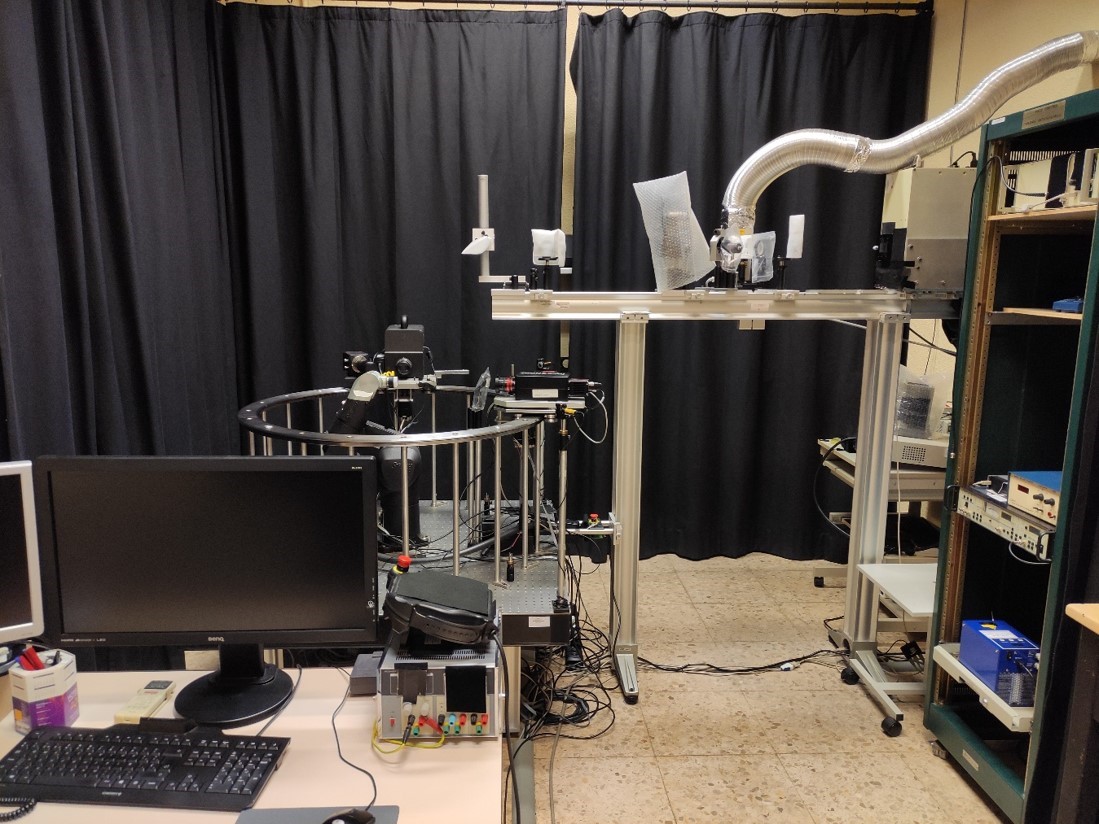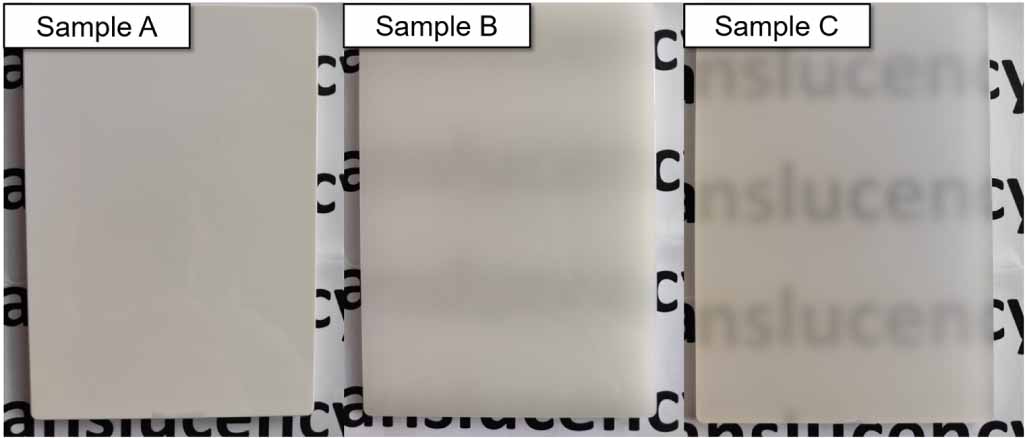IO-CSIC scientists lead the first comparison of measurements of the bidirectional reflectance distribution function with subsurface scattering component (BSSRDF) between metrology laboratories.
Madrid / February 28, 2023
A team led by the Optical Radiation Measurements group of the IO-CSIC has published a study in which primary experimental facilities, developed in Spain and France, are compared to measure the bidirectional reflectance distribution function with subsurface scattering component (BSSRDF), an important measure in the accurate and traceable estimation of transparency and the translucency of a material. The results have been published in the UK Journal of Optics.
In another recent article already talked about of current research efforts to develop a battery of new measurement units of the International System that serve to define the appearance of complex materials, such as metallic paints, translucent, iridescent surfaces, etc.
Latest news
The BSSRDF is important in this area because it describes the radiance caused by volume scattering and surface reflectance from any position on the surface of a sample, when illuminated at any other position. Therefore, this quantity is closely related to the way light is dispersed within the material and also its translucent appearance.
Today there are commercial systems capable of measuring BSSRDF for applications such as computer graphics, but they are not useful for providing traceable measurements as they cannot be compared with measurements collected by other different instruments. Until now, no comparison work had been carried out between different measurement systems for this measure.
In this work, the team led by researchers from the Institute of Optics has compared two experimental facilities developed to provide BSSRDF measurements traceable to the International System of Units. One of them has been developed at the ‘Daza de Valdés Institute of Optics’, an institute designated in charge of the main references in radiometry, photometry and spectrophotometry in Spain, and the other has been developed at the Conservatoire National des Arts et Métiers (CNAM), the designated institute in charge of the main references in radiometry, photometry and spectrophotometry in France.
The main difference between these two facilities is their detection system: the goniospectrophotometer developed at the CSIC uses a camera, while the detection system of the goniospectrophotometer developed at the CNAM is a luminance meter. A third installation, developed in the Light and Illumination Laboratory of the Catholic University of Leuven (Belgium) ), which consists of a modified commercial near-field goniophotometer (NFG), has also participated in the study.


Article: Pablo Santafé-Gabarda, Lou Gevaux, Alejandro Ferrero, Tommaso Fontanot, Jan Audenaert, Youri Meuret, Gaël Obein and Joaquín Campos. “Development and comparison of primary facilities for traceable BSSRDF measurements”. Journal of Optics, Volume 26, Number 3:
https://doi.org/10.1088/2040-8986/ad21df
Contacts in the IO:
Pablo Santafé Gabarda, pablo.santafe@csic.es
Alejandro Ferrero Turrión, alejandro.ferrero@csic.es
Joaquín Campos Acosta, joaquin.campos@csic.es
IO-CSIC Communication
cultura.io@io.cfmac.csic.es
Related news
Seminar by Joaquín Campos entitled “Passive or super-cold radiant cooling materials”
Madrid / May 4, 2023Our colleague Joaquín Campos is going to offer a seminar "Passive or super-cold radiant cooling materials" within the conference...
The Institute of Optics on the International Day of Women and Girls in Science 11F
The IO-CSIC researchers have participated as every year in the celebration of 11F with numerous talks and visits to educational centers where they...
Postdoctoral contract offer of 18 months extendable to 24 months from the Optical Radiation Measurements research group (GIMRO)
The research group on Optical Radiation Measurements (GIMRO) of the Institute of Optics “ Daza de Valdés” from the CSIC offers an 18-month...




